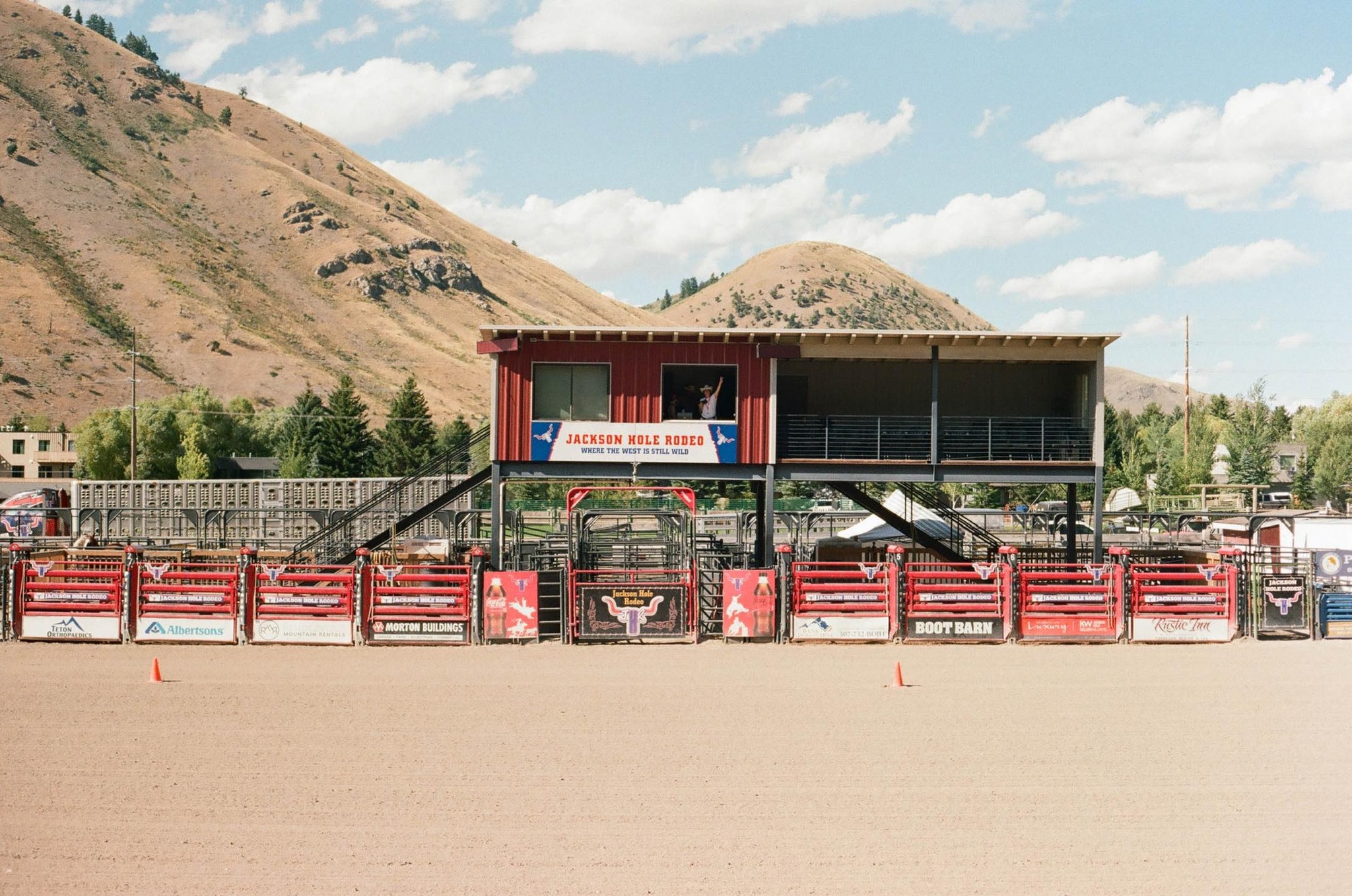Jackson Hole, and the broader Teton Valley, is a land steeped in rich history and rugged tales that span generations. Its past tells stories of Native American tribes, the grit of early European settlers, and the resilience of those who dared to call this breathtaking landscape home.
Long before the first non-native explorers set foot in the region, the Teton Range served as a seasonal sanctuary for the Shoshone, Bannock, and Blackfoot tribes. These indigenous inhabitants thrived for thousands of years, drawing sustenance from the land’s bison, elk, berries, and pine nuts. Their deep connection to the earth laid the foundation for the valley’s enduring spirit, where a connection to the land and its beauty is preserved to this day.
The early 1800s brought a wave of European explorers, with John Colter—an intrepid member of the famed Lewis and Clark Expedition—among the first to document the wonders of this wild terrain. As men flooded the West in pursuit of fortune from the lucrative fur trade, Jackson Hole emerged as a pivotal hunting ground for beaver pelts, a commodity that would soon dwindle, forcing trappers to pivot as guides for research expeditions. The mountain men of this era, including notable figures like Jedidiah Smith and Jim Bridger, became synonymous with the valley’s burgeoning identity. Challenges marked their rugged lives, yet they navigated the treacherous terrain with wisdom, shaping the very landscape that would evolve into modern-day Jackson Hole.
The Homestead Act of 1862 ushered in a new chapter as the first permanent settlers, John Carnes and John Holland, arrived around 1884. Faced with the harsh realities of frontier life, these pioneers exemplified resilience, laying the groundwork for a growing community that would soon flourish. The establishment of Jackson in 1894 transformed the area into a central hub for agriculture as settlers fought to carve out life amidst the stunning natural beauty surrounding them. The town’s incorporation in 1914 marked a significant milestone, highlighted by the election of an all-female town council just six years later. These “petticoat rulers” sent a clear message: the lawlessness of the Old West would not be tolerated in their community.

Wild West Arthur “Teton Jackson” Bradford was a renowned horse thief and reportedly killed more than one man. He is pictured here with his wife, Mary Calhoun Bradford, and their first child Lincoln, circa 1900.
Collection of History Jackson Hole, 1958.0001.001

Trot Through Town Square Constructed in the late 1890s, The Clubhouse was the community’s first gathering spot and still stands as one of the oldest buildings in Jackson. The Clubhouse took many forms throughout the years, hosting several businesses, community meetings, dances, school classes, and movies. Here, two horsemen cross in front of the Clubhouse over what will become Town Square.
Collection of History Jackson Hole, 1958.0244.001

Petticoat Rulers Mae Deloney, Rose Crabtree, Grace Miller, Faustina Haight, Genevieve Van Vleck, the town council that made Jackson the first town with a civic government of all women.
Collection of History Jackson Hole, 1958.0090.001
Tourists of nearby Yellowstone National Park became a trusted source of income for homesteaders. Dude ranches offered food and shelter, relying less on the success of their harvest and more on the travelers passing through. The designation of Grand Teton National Park in 1929 was a watershed moment in the valley’s history, driven by the visionary efforts of conservationists like John D. Rockefeller, Jr., whose commitment to preserving the region’s pristine landscapes ensured that the beauty of the Tetons would endure for future generations.

Preserving the Park The original Grand Teton National Park (GTNP) encompassed only the Teton Range and six surrounding lakes. It wasn’t until 1950 that the Park combined with acreage from surrounding federal land, Teton National Forest, and the Rockefellers to form the Park we know today. Pictured is an early road to GTNP Headquarters.
Collection of History Jackson Hole, 1958.0527.001
As the decades rolled on, Jackson Hole’s economy transitioned dramatically with the emergence of the Jackson Hole Mountain Resort in the 1960s. This shift from agriculture to tourism transformed the valley into one of North America’s premier ski destinations, attracting adventurers from all walks of life. Yet, amid this evolution, the community remained steadfast in its commitment to environmental conservation and cultural heritage, honoring the land that had sustained so many before them.

Jackson’s First Ski Hill Locals have been enjoying steep downhill ski runs at Snow King Mountain Resort since it was simply called “the town hill”. It’s also the site of Wyoming’s first single chairlift which opened January 7, 1947, and was upgraded to a double chair in 1959 (Snow King Mountain).
Collection of History Jackson Hole, 1993.5015.001
Today, Jackson Hole stands as a vibrant tapestry of history and culture, where the echoes of cowboy life resonate alongside modern pursuits. Festivals like the Jackson Hole Fall Arts Festival and the Jackson Hole Rendezvous celebrate the region’s artistic legacy, fostering a sense of pride and connection among residents and visitors alike.
The Tetons have watched over the struggles and successes of everyone who has come to this area. From the ancient Native Americans to settlers and today’s adventurers, Jackson Hole’s history shows the strength of the human spirit and the lasting appeal of the American West. As we take in the stunning landscapes of this unique valley, we see that its story is ongoing, continuing to grow and inspire future generations.
CREDIT: We want to acknowledge History Jackson Hole, our trusted source for Jackson Hole history and the preservation of its inhabitants. Their resources informed and guided this piece.




